We do grow a number of figs - we even blogged about them a couple of year back (see our Fig Blog here). But to be honest we mostly grow them for the leaves and appearance rather than their fruit, which in any case we have to beat the squirrels to as they usually get there first (grrr squirrels!!). The pergola on our bottom patio (next to the old koi pond) is covered in a grape vine, however I managed to select a wine grape that has a slightly bitter taste rather than a nice eating grape. The birds normally eat the grapes, although some years we have to harvest and discard, as Mark blogged about back in 2010.
So is that it, some bitter tasting grapes and figs we generously provide for the squirrels? Well basically yes. We have grown a few other veggies in the garden at one point or another, including sweetcorn, tomatoes, onions and runner beans, but nothing for a while.
Which brings me back round to looking through Homegrown Revolution again, and choosing a selection of cool looking edibles, many of the plants, although not all, in the book are available from Suttons as part of a James Wong Homegrown Revolution range.
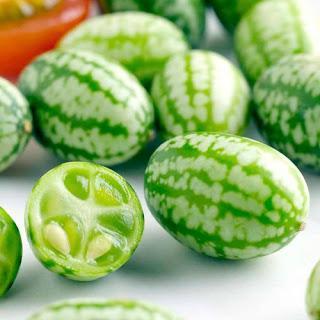
Cucamelons
If one plant jumps out the most it must be the Cucamelon, I mentioned it back in December, but have noticed it cropping up on a number of different blogs of late. It seems to have captured the imagination somewhat of multiple bloggers. I think they looks great, they even sound like they have an interesting taste, but lets face it most of us would grow these for the way the cute little melon-like fruits look as opposed to the way they taste.
We are going to give these a try this year. Seeds for Cucamelon are available from Suttons.
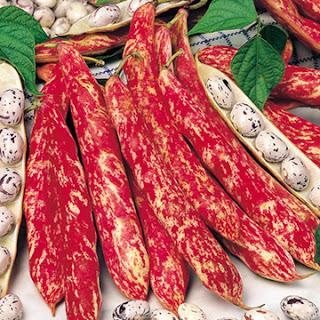
Borlotto Firetongue
Deviating slightly from James' book, but exploring more unusual looking edibles, how about Borlotto Firetongue, which if nothing else the name should make you want to grow this. Its actually a type of French Bean, but look at those highly ornamental seedpods. These would work well in an exotic setting adding a flash of red maybe growing them up a bamboo. At this point I should probably mention I'm not actually very keen on eating French Beans, so any crop from these will have to be tested by my parents! Also available from Suttons Seeds.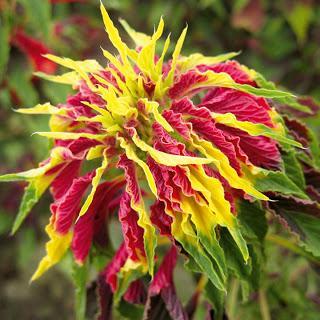
Callaloo - Amaranthus
Another one from Homegrown Revolutionis Callaloo, apparently it tastes like a cross between spinach and watercress and is known as Carribean spinach. It really is a riot of colour, and in some ways resembles coleus, (well it does to me anyway). It can be eaten after just six weeks from sowing.
James recommends using this in salad, or in stews. Me I'd recommend it in an exotic border! It likes a well drained soil and can be sown directly into the ground from May until early August.
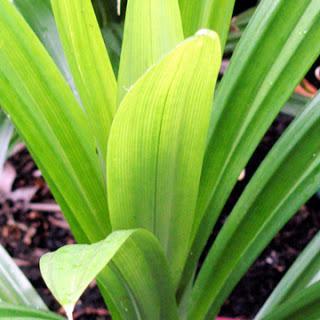
Pandanus amaryllifolius (vanilla grass)
Like many of the plants featured in the book this one is also available from Suttons but only as a plant rather than seeds.
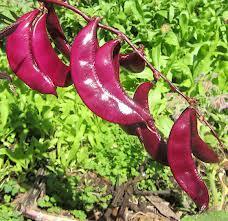
Hyacinth Beans (Lablab purpureus 'Ruby Moon')
The Hyacinth Beans, Lablab purpureus are another cool looking bean. The bright pink flowers and vivid purple beans make this South East Asian crop another worth including in an ornamental and exotic setting. To get them to fruit you need a long sowing season so these really do need to be started asap, ideally before mid April. There are several named varieties of Lablab pupureus but James suggests that 'Ruby Moon' is the best. They need a lot of heat to get started so they are one for a propagator to begin with, and then only plant them out in late May once the risk of frost has gone. They can scramble up to 1.5m, so will be another interesting climber to have running through an exotic bed. They will repeat flower (and fruit) if you keep picking them so once they start it is worth harvesting the fruit regularly.
Whilst I don't think we will ever have a veg plot perhaps we will grow an increasing number of edible plants in the garden, and after all who ever said growing veg prevented you from having an ornamental garden!
Gaz

